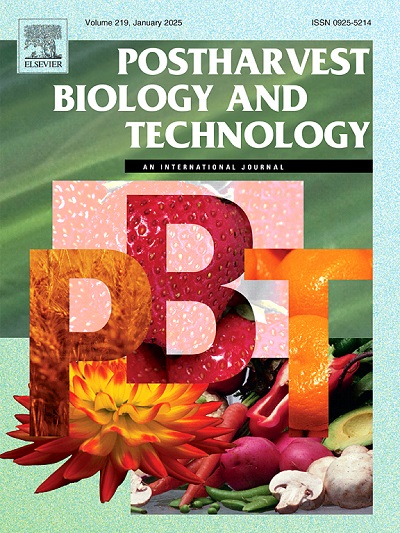AI-driven deep learning framework for shelf life prediction of edible mushrooms
IF 6.4
1区 农林科学
Q1 AGRONOMY
引用次数: 0
Abstract
Fresh edible mushrooms are highly perishable, prone to microbial contamination, and have a limited shelf life, making it essential to assess their freshness to ensure food safety and minimize waste. Additionally, the freshness of mushrooms has a significant impact on consumer health and market prices. This study introduces and evaluates a computer vision-based application utilizing convolutional neural networks (CNNs) to estimate the shelf life of three widely consumed mushroom varieties: white button, shiitake, and oyster, stored at 4 ± 1 °C. To improve classification accuracy and reduce training costs, transfer learning was employed to fine-tune CNN models, including EfficientNet, NASNetLarge, ResNet-50, Inception-V3, and MobileNet-V2. ResNet-50 demonstrated the highest performance for white button and oyster mushrooms, with overall accuracies of 94.10 % and 89.11 %, respectively, processing 1960 images in 6.39 min for the former and 8.70 min for the latter. For shiitake mushrooms, MobileNet-V2 showed superior performance with an accuracy of 86.36 % and a processing time of 5.73 min. Integrating digital imaging with CNN methods offers a reliable and efficient approach for rapid and precise evaluation of mushroom freshness. This technology can significantly improve monitoring during the postharvest storage and distribution stages, facilitating informed decision-making and timely actions to reduce spoilage.
求助全文
约1分钟内获得全文
求助全文
来源期刊

Postharvest Biology and Technology
农林科学-农艺学
CiteScore
12.00
自引率
11.40%
发文量
309
审稿时长
38 days
期刊介绍:
The journal is devoted exclusively to the publication of original papers, review articles and frontiers articles on biological and technological postharvest research. This includes the areas of postharvest storage, treatments and underpinning mechanisms, quality evaluation, packaging, handling and distribution of fresh horticultural crops including fruit, vegetables, flowers and nuts, but excluding grains, seeds and forages.
Papers reporting novel insights from fundamental and interdisciplinary research will be particularly encouraged. These disciplines include systems biology, bioinformatics, entomology, plant physiology, plant pathology, (bio)chemistry, engineering, modelling, and technologies for nondestructive testing.
Manuscripts on fresh food crops that will be further processed after postharvest storage, or on food processes beyond refrigeration, packaging and minimal processing will not be considered.
 求助内容:
求助内容: 应助结果提醒方式:
应助结果提醒方式:


